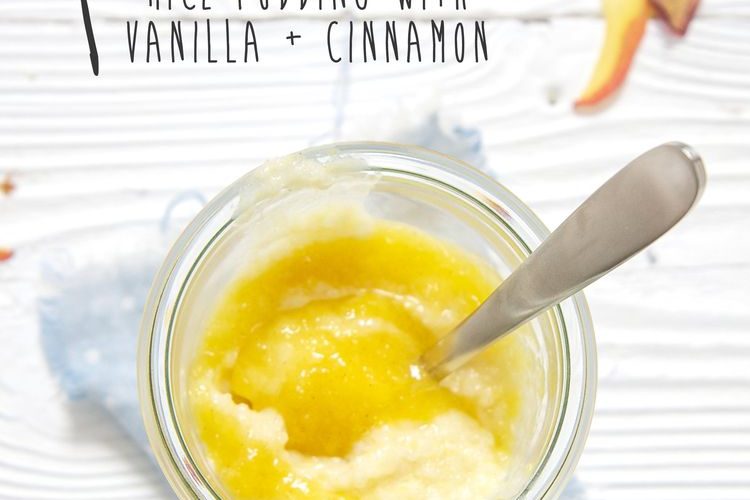When it comes to the health of your baby, you can never be too careful. Today, it has never been easier to ensure your child only consumes the freshest and healthiest food. You can make baby food to last the week in the matter of a few hours.
Fruit Selection
Peaches are a wonderful choice for your baby’s first fruit. They are not overly sweet or tart providing an ideal introduction to the sweet taste buds on their sensitive palates. Peaches are also high in Vitamin A and C and they act as a natural laxatives in babies when they become constipated. You will be able to use peaches throughout the year. Frozen peaches, with no sugar added, are nearly as good for your baby as fresh fruit so you have plenty of affordable options even in the winter. If you are buying fresh peaches, you should try to buy organic. Non-organic peaches will be riddled with pesticides and bacteria due to the absorbing nature of their skin.
If you cannot afford or you do not have access to organic peaches, you should wash the fruit in one part vinegar to three parts water to remove any chemicals added during the growing process. Of course you should also wash organic vegetables to remove any dirt or residue, as well. You should choose peaches with as few imperfections as possible to ensure the integrity and quality of the fruit is superior, and to determine whether or not the fruit is ripe, it should give ever so slightly when you squeeze it.
The Baking Process
Now that your peaches are clean, cut them in half, remove the pit and any bits of pit, place them face down in a baking dish, and add one inch water. If you are using frozen fruit, allow the fruit to thaw and follow the same instructions. Put the dish into the oven for 45 minutes. After this time, they will appear darker and may begin to shrivel or shrink slightly. Remove the dish and allow to cool.
Preparation
Once you are able to touch the peaches, begin to remove the skins. If any skins are not easily removed, use a knife or a fork to remove. Place the skinless peaches into a food processor, blender, or place them into a bowl and use an immersion blender. Mix the peaches well until there are no longer any lumps. You may need to add a bit of water to reach a completely smooth texture. Also, if you are feeding babies a bit older such as babies around 10 months, you can leave the mixture with a few chunks in which case you can simply use a potato masher for the ideal results.
Storing and Serving
If you have made a small batch and plan to use the peaches within three days, simply use any sterilized glass jars you have around the house and store in the refrigerator. To save time, you should make a very large batch and freeze them into individual servings. The fastest and easiest way to freeze individual servings is to place the puree into ice cube trays and cover with plastic wrap. Once they are frozen, you can empty the trays and place them into resealable containers or freezer-friendly bags to avoid freezer burn. You should thaw them overnight in the fridge to be ready for serving the following day. If you are introducing peaches to your baby for the first time, consider mixing the puree with another puree of which they are already familiar to ease in the transition.
Making baby food is fast and simple. You will know exactly what is going into your baby’s body and save money. Plus, you may find a delicious way to incorporate this sweet puree into a grown up dessert of your own in the process.
Video:
http://www.youtube.com/watch?v=xdMfmdKUVkk
<>



